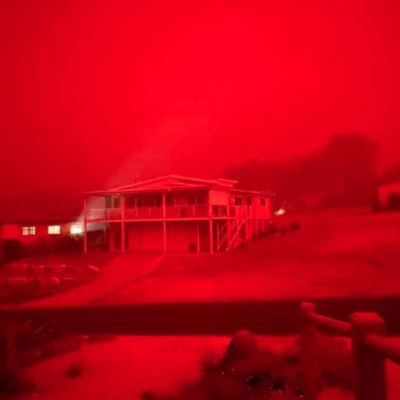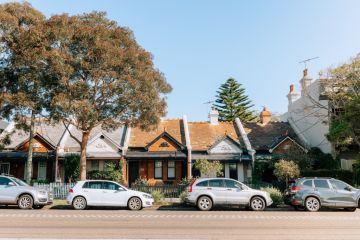The Canberra suburbs with the worst air quality and how to deal with indoor smoke
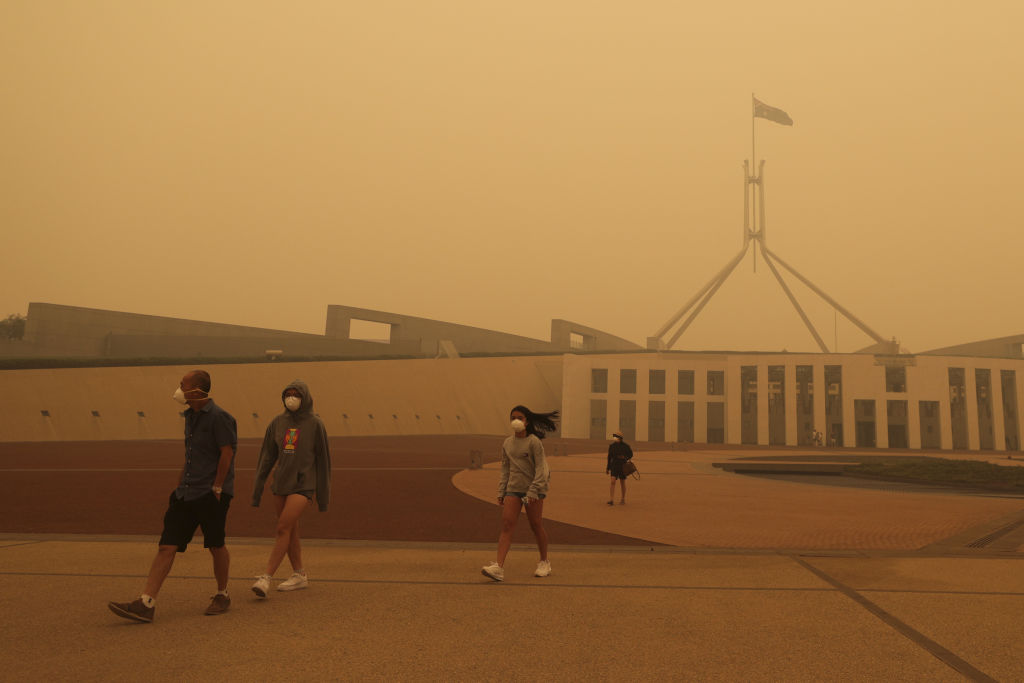
Over the past few days, Canberra has been ranked as one of the top cities with the worst air quality in the world, according to AirVisual.
Between December 20, 2019, and January 3, 2020, Canberra had the worst air quality of all the world’s major cities, trumping those typically known for having severe air pollution such as Delhi in India and Chengdu in China.
The air quality had seen homeowners opting to leave the capital rather than withstand the lingering smoke from the nearby bushfires in the South Coast and surrounding region.
At Parliament House, the flag mast that sits atop the building at 81 metres was barely visible through the smoke that blanketed the city. Several workplaces including the Department of Home Affairs encouraged their employees to stay home, and the Department of Health relocated its staff members from its Canberra office.
In the middle of this, Canberra homeowners were advised to remain indoors where possible and use P2 and N95 masks to filter smoke while outdoors.
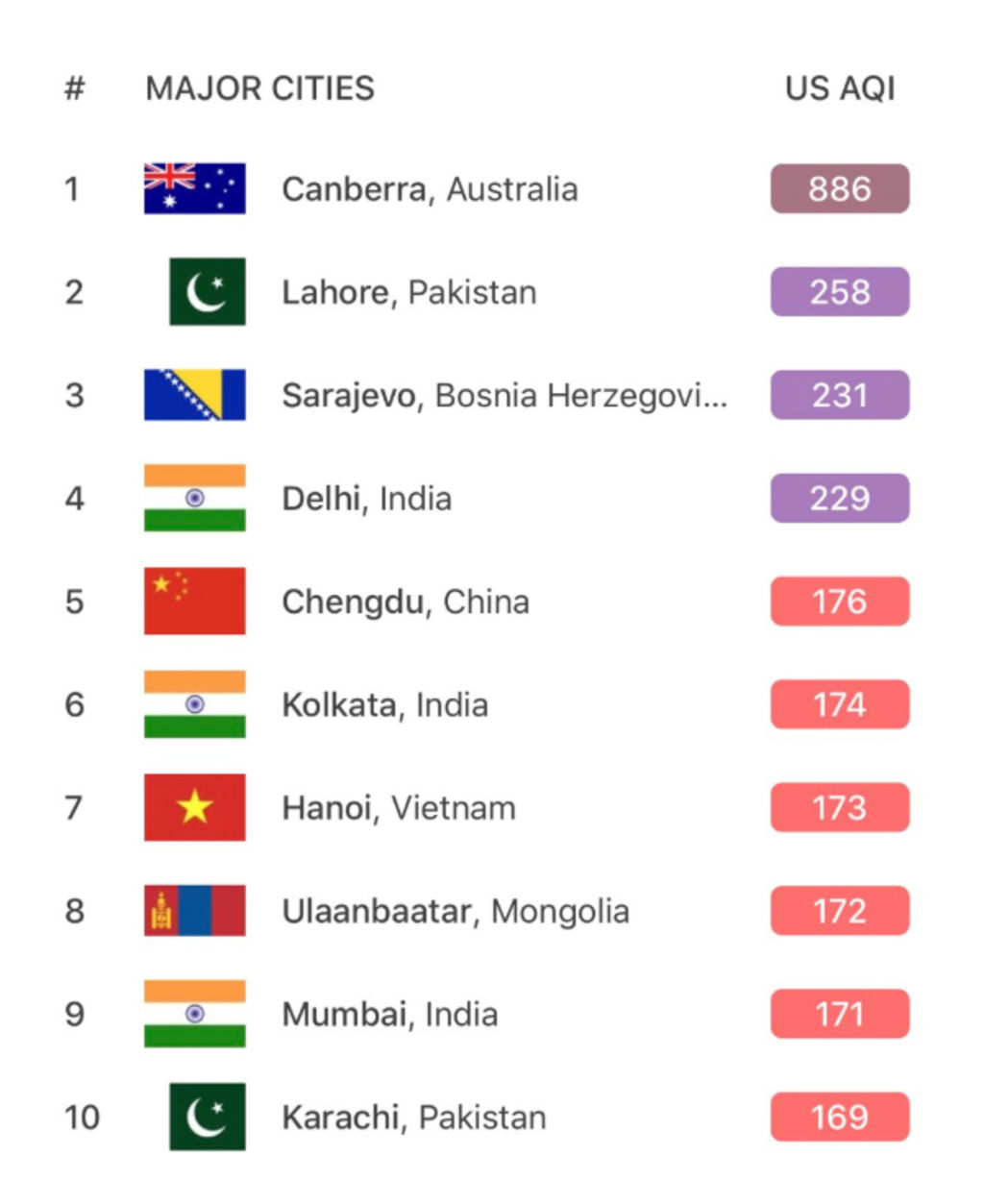
Melba resident Maryanne Sauvao, her husband and two children fled the capital on Sunday to Sydney, when they felt the effects of the thick smoke.
“I’m three months pregnant and I wasn’t doing very well,” she said.
“I was diagnosed with asthma in the past but had no issues with it over the last two years. However, I had trouble breathing with the smoke.”
Maryanne said despite her efforts to cover the doors and windows of her house, “the smoke was still seeping through.”
“We turned our airconditioner off and when we opened our doors, even if for a few seconds, a lot of smoke would come in,” she added.
“We thought, ‘Why stick around if it was just going to get worse?’ We didn’t think it would be good for us as a young family.”
The ACT Emergency Services Agency (ESA) website has plenty of useful information and tips for residents to ensure their health and safety inside their home, including a bushfire survival plan.
“Our advice to the community remains that it is best to avoid exposure to the smoke by staying indoors where possible and not using evaporative airconditioners, which draw air into the house from outside,” it stated.
Measures include keeping all windows and doors closed, determining where the gaps are where smoke may enter and sealing them, as well as sealing up vent covers.
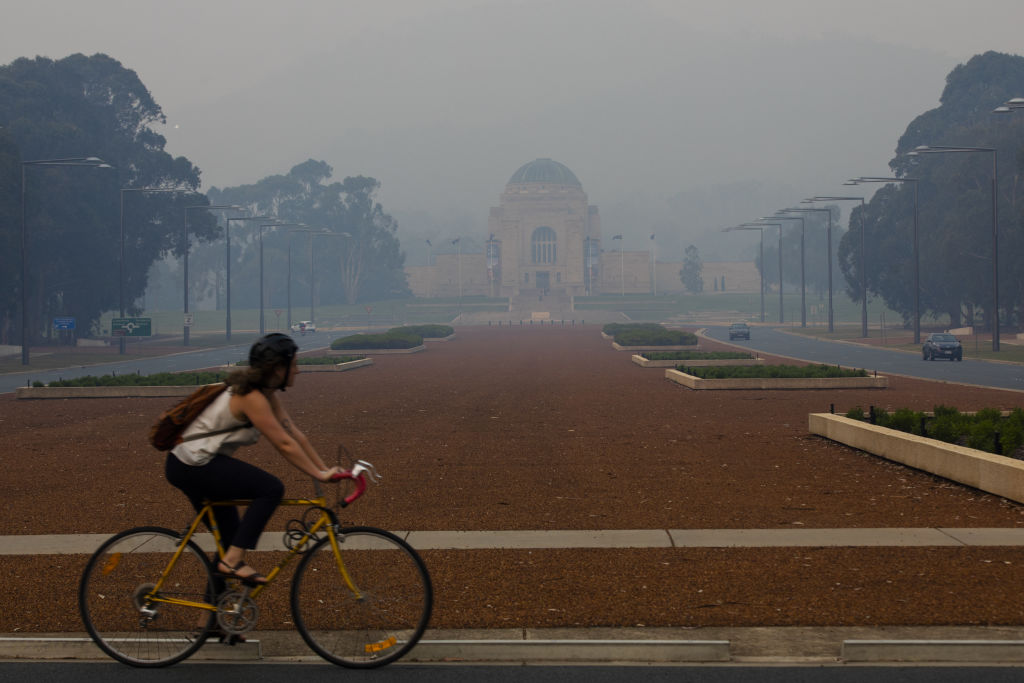
The ACT ESA also advised residents to use an evaporative cooler if the system is filtered, and switch the airconditioner to ‘recycle’ or ‘recirculate’ to reduce the amount of smoke entering the premises.
Pet Insurance Australia also advised pet owners to keep their pets in cool areas and keep them hydrated, warning that pets can also succumb to the heat and the smoke.
“Currently the smoke is choking in some major cities, and our pets will also be feeling the effects of this,” said Nadia Crighton from Pet Insurance Australia.
“Pet owners do need to take some steps to help their pets during this time.”
According to AirVisual, which measures the concentration of fine particles in the air less than 2.5 micrometres, Canberra’s air quality index (AQI) reading was 164 on Tuesday. This is considered ‘unhealthy’ with an increased likelihood of adverse effects and aggravation to the heart and lungs among the general public – particularly for sensitive groups, including children, the elderly, those suffering from cardiac or pulmonary diseases and pregnant women.
During the turn of the decade, the city had an AQI reading of 886. Anything between 300-500+ is considered hazardous.
The Canberra suburbs with the worst air quality were Chisholm with an AQI of 178; Monash at 174; Florey at 167; Civic at 164; and Downer at 161.
At its highest, Chisholm had an AQI reading of 619, Monash at 949, Civic at 764 – all on January 1. While a couple of days later Florey hit 832 and Downer 577 on January 5.
The ACT ESA advised residents to keep up to date on the changing weather conditions and to follow the advice of emergency services.
We recommend
We thought you might like
States
Capital Cities
Capital Cities - Rentals
Popular Areas
Allhomes
More

